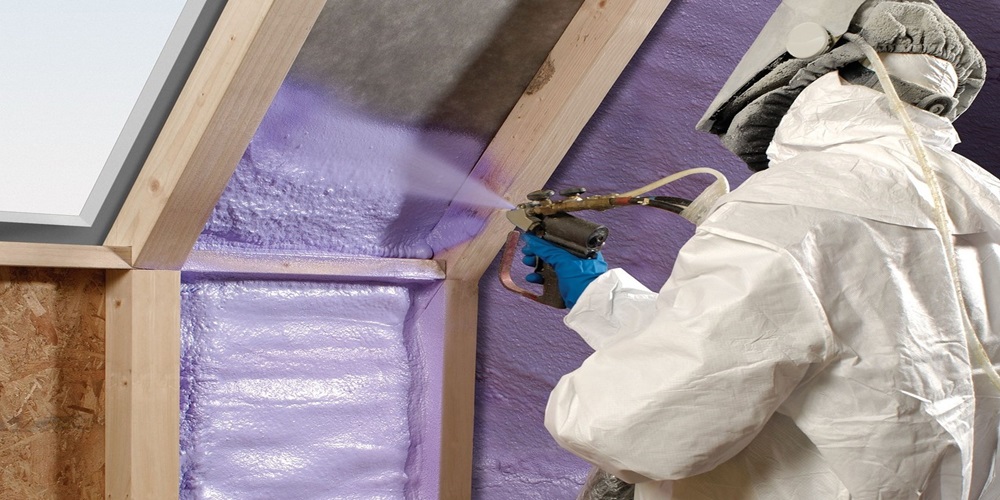Insulating your home is one of the best ways to reduce energy bills and make your home more comfortable. But with so many insulation types out there, choosing can be tricky. Spray and injection foam insulation are popular choices, but they have some key differences.

How Spray Foam Insulation Works
Spray foam insulation is exactly what it sounds like – foam sprayed into place. It typically uses polyurethane as the main ingredient. This material starts as a liquid that is sprayed into cracks, crevices, and open cavities in walls, floors, attics, and roofs.
As the foam is sprayed, it rapidly expands up to 30 times its original volume. This expansion process fills every nook and cranny with an air-tight seal. The polyurethane then quickly cures (hardens) into a rigid foam plastic that insulates and seals air leaks.
Spray foam insulation bonds very tightly to whatever surface it is sprayed onto. When properly installed, it provides a continuous barrier against air leaks, drafts, and heat transfer. It can be used in new construction or retrofitted into older homes.
How Injection Foam Insulation Works
Injection foam insulation uses a similar material to spray foam. The main difference is the application process. With injection foam, the polyurethane foam comes pre-mixed in pressurized containers.
The installer will drill small holes at intervals in the area to be insulated. Then they will insert the applicator nozzle into the hole and fill the space with expanding foam. The foam increases in volume very quickly, sealing cracks and gaps thoroughly.
Just like with spray foam, the polyurethane cures into a rigid plastic foam that resists heat transfer and air infiltration. Injection foam is often used to insulate rim joists in basements or attics. It can reach spaces that spray foam applicators can’t access.
Cost Comparison
One of the biggest differences between spray foam and injection foam is cost. Spray foam typically costs $1,500 to $3,000 to insulate an average attic. Injection foam averages $1 to $1.50 per square foot.
For a 1,500-square-foot attic, injection foam would cost $1,500 to $2,250. It makes injection foam 50-75% less expensive than spray foam. Keep in mind local labour costs will also impact the total project cost.
Installation and Process
The installation process also differs between these two insulation types. Spray foam requires specialized equipment to be sprayed in place. Certified professionals should handle the spraying for optimal results.
Injection foam has a simpler application method. The foam comes pre-packaged, so no spraying equipment is needed. The installer will drill access holes, inject the foam, and patch the holes. This enables DIY applications more quickly.
Spray foam insulation allows you to seal off hard-to-reach spots. It can provide a seamless air barrier across an entire attic floor. Injection foam works best for framing cavities and rim joists that have access points.
The installation process is quicker for injection foam overall since no spraying equipment is required. Spray foam allows more versatility in sealing complex, irregular spaces, though.
Effectiveness Comparison
When appropriately installed, spray foam and injection foam provide excellent thermal insulation and draft prevention. Most types of spray foam have an R-value of R-6 to R-7 per inch. So, a 10-inch application resists heat flow equivalently to R-60 batt insulation.
Injection foam also provides an R-value of about R-6 per inch typically. The thermal resistance depends on the foam density; higher density equals more R-value. Performance-wise, the two types of foam are pretty similar.
Air sealing is a significant advantage of both insulation methods. By expanding to fill cracks, foam insulates and air seals simultaneously. Combats convective heat losses that reduce standard fibreglass insulation’s effectiveness.
Conclusion
In summary, spray and injection foam have comparable insulation qualities and air-sealing abilities. Spray foam may have a slight performance edge for filling irregular cavities completely. Injection foam is the more affordable option for most attics and rim joists. Consider your budget, accessibility, and performance needs when choosing foam solutions.
